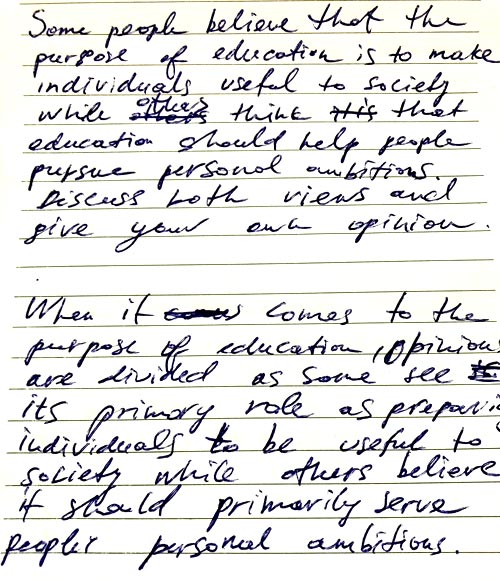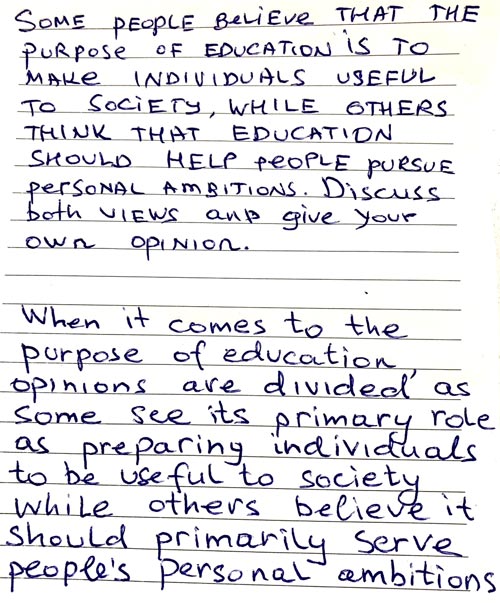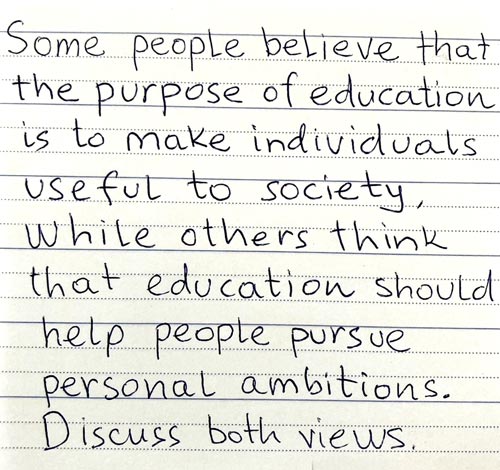IELTS Speaking questions from Saudi Arabia – December 2023

Our student KA took IELTS in Saudi Arabia a few days ago and his examiner asked the following questions in the Speaking test.
Test tip: Go over these questions and think of some things to say and what vocabulary you would use. IELTS Speaking test questions and topic areas are known to repeat in many countries! Being familiar with the topic and specific questions increases your chances of success.
Once you have some ideas, answer the questions and record yourself. Then listen to your recording and check your fluency, intonation, gaps in vocabulary or words you may have mispronounced. Re-record anything you are not happy with, and you’ll see that your next attempt sounds better already!
Speaking test
Part 1 (Interview)
– What is your name?
– Where are you originally from?
– Are you from a village, city, or town?
– Do you regularly run?
– Did you run a lot when you were young?
– Is the area around your home suitable for running?
– How do people in your area keep fit?
– Do you prefer to exercise indoors or outdoors?
Part 2 (Cue Card)
Describe a picture or photograph that you liked a lot. You should say:
– when and where you saw it
– what is on the photo / picture
– why you liked it
and explain how you felt about it.
Part 3 (Discussion)
– Why do people take photos?
– What is the effect of technology on photography?
– Can you trust a written text or a photo more?
– How have people’s photography habits changed with the advent of smartphones?
– Do you think photographs are a reliable way to record history?
– How can historical photographs influence our understanding of the past?
– In your opinion, what role do photographs play in teaching and learning history?





